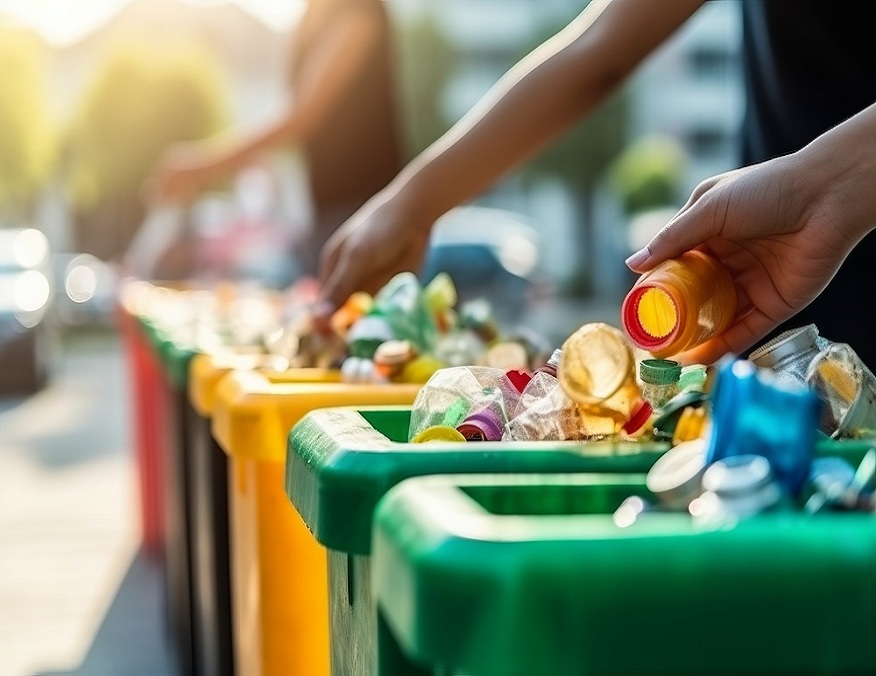What Makes Post-Industrial Plastic Recycling So Different?

News stories detailing a municipal recycling program’s demise are so common that they don’t even register anymore. Municipal recycling, especially where plastic is concerned, is a quickly shrinking enterprise. Cities and towns no longer want to put the time and money into it. And why would they? It is generally a money-losing proposition. Not so for post-industrial plastic recycling.
Post-industrial plastic recycling is actually a profitable business. Tennessee-based Seraphim Plastics is just one of many companies that have made a successful go of it for years. Seraphim Plastics buys and recycles industrial plastic waste in seven states. So what is it about what they do that is so different from municipal recycling?
Municipalities and Post-Consumer Plastic
The recyclable materials consumers put to the curb with their garbage are known as post-consumer recyclables. On the other hand, the materials that Seraphim Plastics recycles are known as post-industrial. That designation is important to remember.
Post-consumer materials are sorted prior to curbside pickup, but only to a certain degree. Consumers are urged to put all glass and paper products in their curbside bins along with certain plastics designated by number. A municipality might recycle numbers 1 and 7 plastics, but nothing else.
At pickup, recycling truck drivers might separate paper, glass, and plastic. But all the plastics still go in the same compartment together. Some recyclers do not even bother with curbside separation. Everything is tossed into the truck only to be separated back at the processing facility.
Sorting and Cleaning Recyclable Materials
The biggest difference between post-consumer and post-industrial recycling is found in the sorting and cleaning stages. Cleaning and sorting in a municipal program take place at a processing facility after pickup. In a post-industrial scenario, sorting and cleaning take place before plastics are collected.
When a customer calls Seraphim Plastics to arrange pickup of a load of plastic dunnage trays, for example, it is understood that the trays will already be clean when the truck arrives. In addition, there will not be any other plastics mixed in. Neither will there be any trash.
The Seraphim Plastics driver can pick up the load and transport it back to a processing facility. From there, the dunnage trays go directly into a series of grinders that reduce it to small pellets. No cleaning, decontamination, or sorting is necessary. Right there is the golden ticket, so to speak.
Sorting and Cleaning Are Expensive
Sorting and cleaning at the municipal level are expensive. Why? First, curbside pickup involves multiple recycled materials all in the same bin. Someone needs to separate those materials at some point. That requires labor, which also requires money.
Second, consumers are not necessarily careful about keeping trash out of their recycling bins. Any trash found with recyclable materials must be removed at the processing plant. More labor and money.
Third, just a little bit of contamination can spoil an entire load. Therefore, recycled materials need to be cleaned. You are spending even more time and money on that. By the time materials are ready to be sold to recyclers, the municipality has already spent a ton of money.
It All Starts at the Source
If you really want to understand the big difference that separates post-industrial recycling from its post-consumer counterpart, go back to the source. That is where it all starts. The source of Seraphim Plastics’ recycled materials are customers who take care of sorting and cleaning themselves. Meanwhile, post-consumer materials are sourced from consumers who do not make the same kind of effort to sort and clean. One works and the other does not. It should be fairly easy to understand why.







